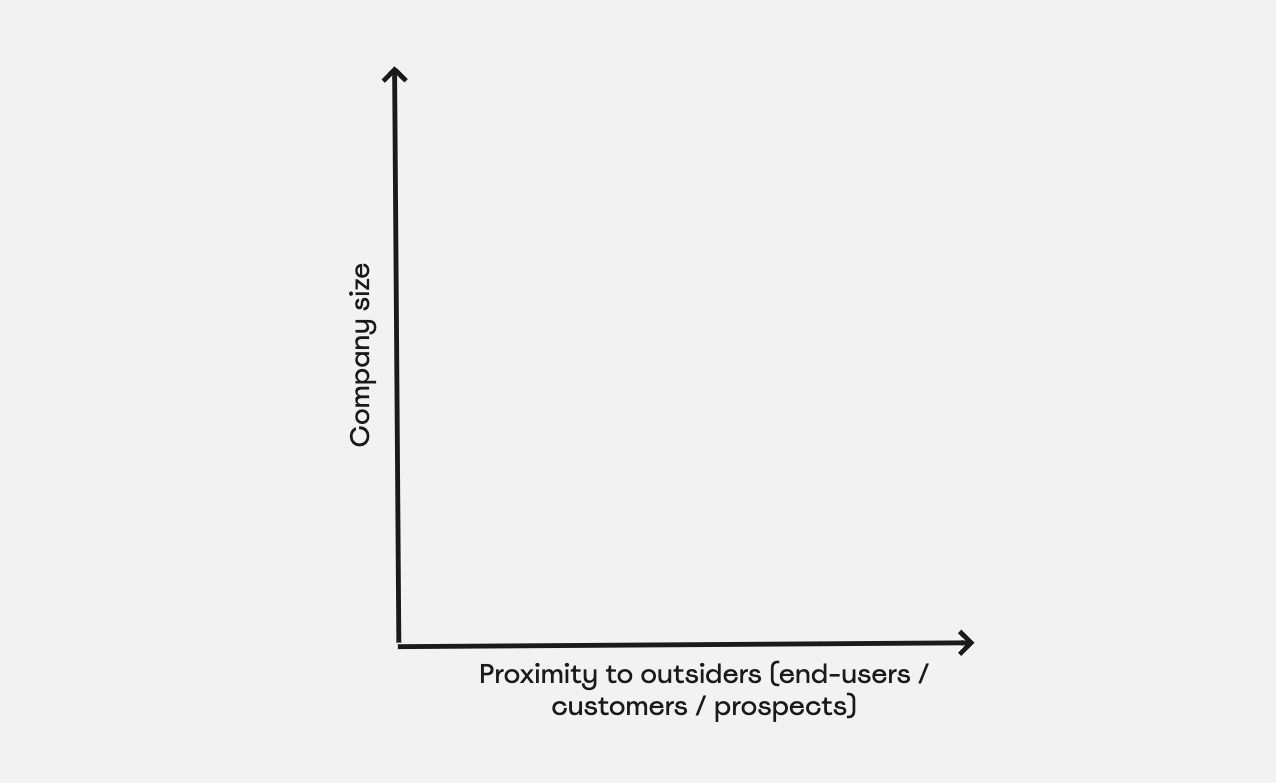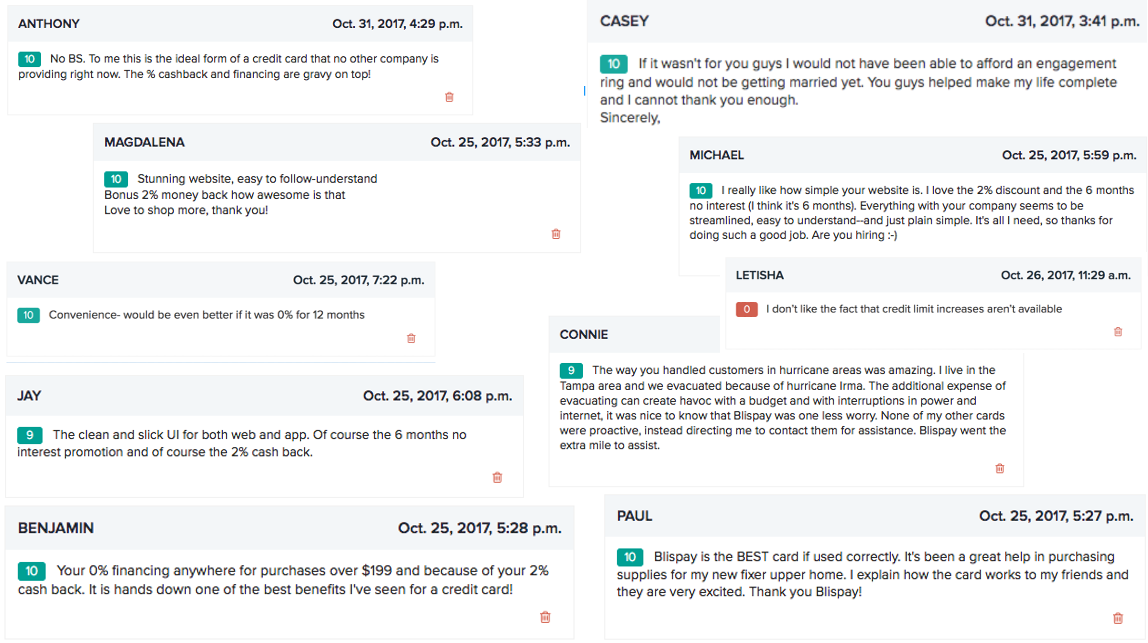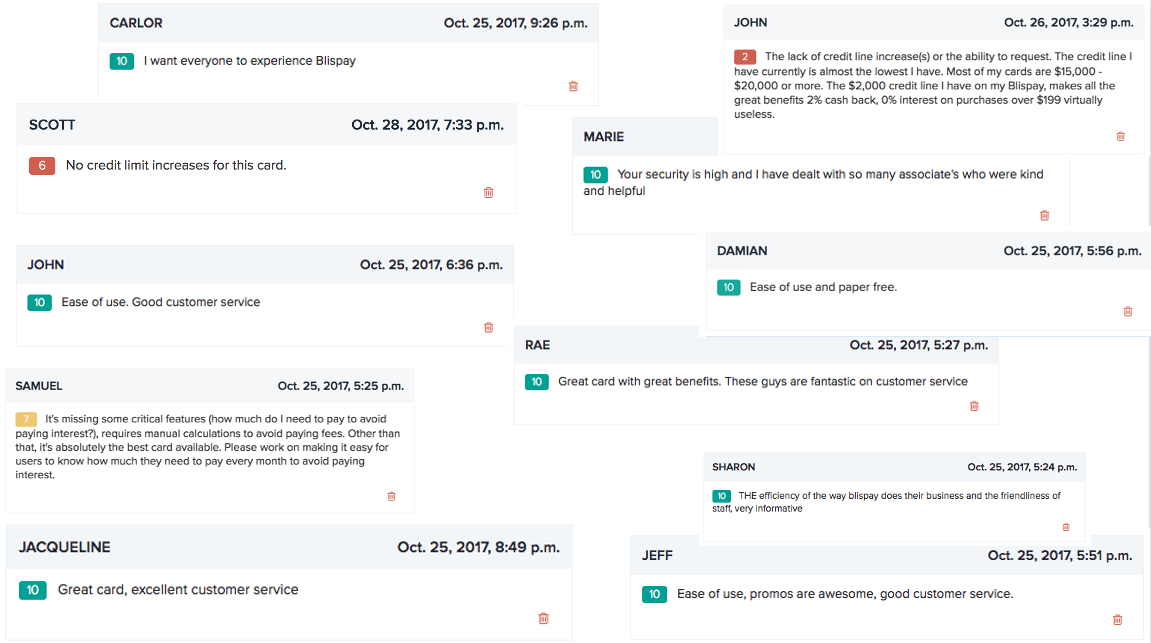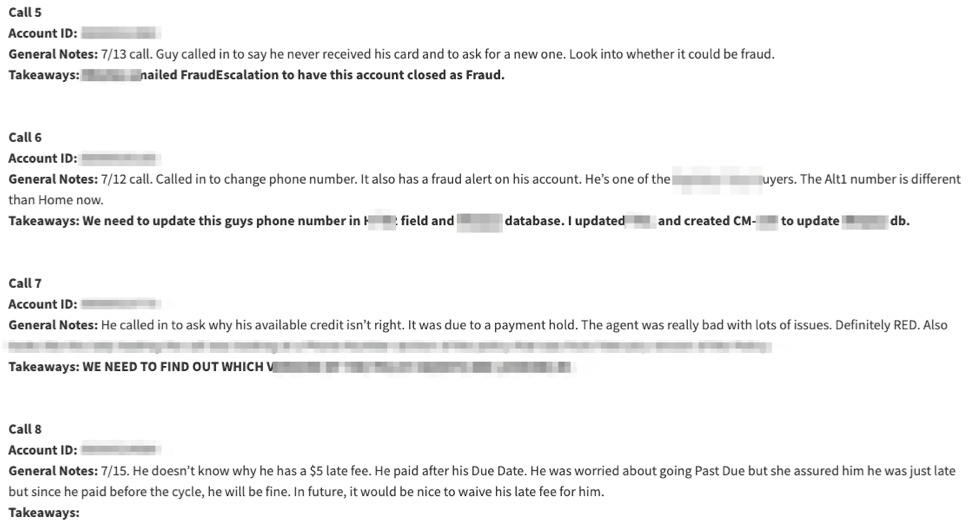Unlocking Customer Insights: Qualitative Techniques for Product Managers
One of my favorite things about early-stage startups is the proximity. Everyone internally is close to each other – product to finance, finance to engineering, everyone to leadership, etc. And everyone is seemingly closer to external foks like prospects and users. I'd go as far as to say proximity is the less recognized superpower startup have over incumbents, similar to velocity. It's special but gets harder as you grow. Everyone starts to rely on numbers on a dashboard.

Product managers must try to remain close to prospects and users as the company grows. The qualitative can often be more insightful than the quantitative in several situations:
- Strategic roadmapping
- Product designing
- Metric diagnosing
- Production problem troubleshooting/incident response
Said another way, a great way to figure out what's really going on now and where you should be going is by getting close to the voice of real humans.
Qualitative Techniques
Here are 6 techniques to explore incorporating.
NPS Surveys
Can do these on a rolling basis, such every 30 days after the first-use, or routinely like every quarter. I actually don't suggest these for the sake of the scores but for the free-form field asking for feedback. I used to tag each feedback submission and then analyze it accordingly. Extremely insightful and relatively painless.



Calibration Calls
Calibration calls are standard for quality and excellence in sales teams and customer service. If you're in a regulated industry like fintech or use an outsourced customer support service, you're likely familiar with compliance-driven calibration calls. I used to love sitting in on these. The primary purpose was to positively reward and negatively flag (for training purposes) customer service agents providing support to applicants and cardholders. I loved listening in to hear what customers (and sometimes fraudsters) had to say and how they said it. Very insightful and helpful for uncovering user pains and opportunities that wouldn't surface quantitatively.

Online Forums
There's a good chance that some subset of your prospective users or actual users hang out on specific forums that you can often join yourself. Anyone who works on credit cards knows all about the MyFico forums.
VIP Programs
A VIP program can be great for customer discovery and controlled feature and product rollouts like beta programs. Many features and products don't need any A/B testing, but most need feature toggling with controlled testing for quality assurance sake to avoid future remediation (my least favorite thing in the world of managing products).
Internal Relationships
This one is non-negotiable for most product managers. It's critical to establish and maintain relationships with employees who are close to end customers. So often, this means customer support. I love finding an ambitious, bright customer support person and creating a sense of shared ownership and direct lines of communication for escalations and input. You must manage this delicately, but it's immensely valuable if boundaries and expectations are properly established.
Be a User Yourself
Honestly, I don't know how product folks work on products they don't have some emotional connection to. For pretty much every job I've had, I've been able to be a user of the product in some fashion. I can relate to the end-users and I can use the product myself. This helps immensely in understanding your users and also for quality assurance. Life's short, and careers are even shorter, so work on things you care about.